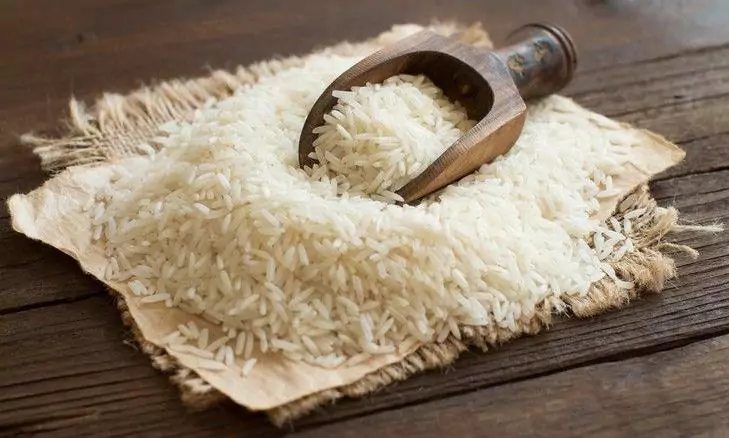Basmati GI Dispute: A Shared Heritage, A Divided Claim
Here are the key points from the article “Basmati beyond borders: An Indo-Pak story” relevant for UPSC CSE (Prelims + Mains – GS II, III & Essay):
Context & Core Theme
- Basmati rice, a product of shared cultural and ecological heritage in the Indian subcontinent, is now at the center of a Geographical Indication (GI) dispute between India and Pakistan.
- Reflects how shared heritage becomes contested due to political and trade boundaries post-partition.
Geographical Indications (GI)
- GI tags are a form of intellectual property rights under the WTO’s TRIPS Agreement.
- In India, GI protection is governed by the Geographical Indications of Goods (Registration and Protection) Act, 1999.
- Basmati GI tag was granted to 13 Indian states in 2016. Pakistan has been seeking a joint GI tag with India in the EU since 2008.
Indo-Pak GI Dispute in the EU
- India applied for GI tag for Basmati in the European Union (EU).
- Pakistan objected, claiming shared heritage and cultivation.
- EU urged both countries to negotiate jointly, yet there has been no consensus.
- The EU GI status grants legal and market exclusivity, raising stakes in the dispute.
Broader Implications
- GI disputes like this one show:
- Trade and diplomacy interplay
- Cultural identity vs. commercial interests
- How multilateral forums (EU, WTO) are arenas for soft power projection.
- Example cited: Gruyère cheese GI jointly held by Switzerland & France, showing potential models for cooperation.
Importance of Dialogue
- Emphasis on collaborative dialogue over adversarial trade competition.
- Calls for viewing Basmati as a shared heritage that could unite rather than divide.
Quote for Essay/Ethics“In a divided subcontinent, this grain still carries the aroma of a common past and perhaps a solution to a common future.” |













